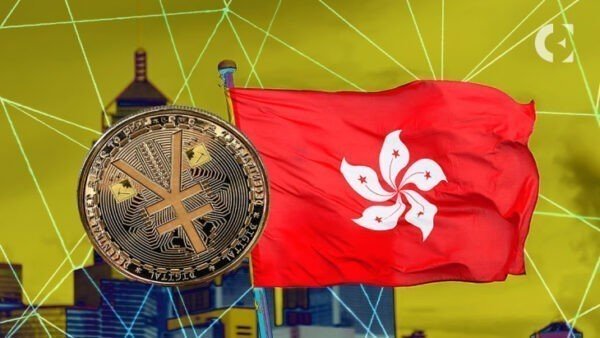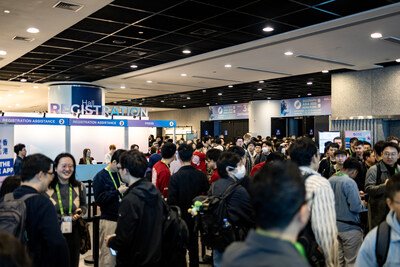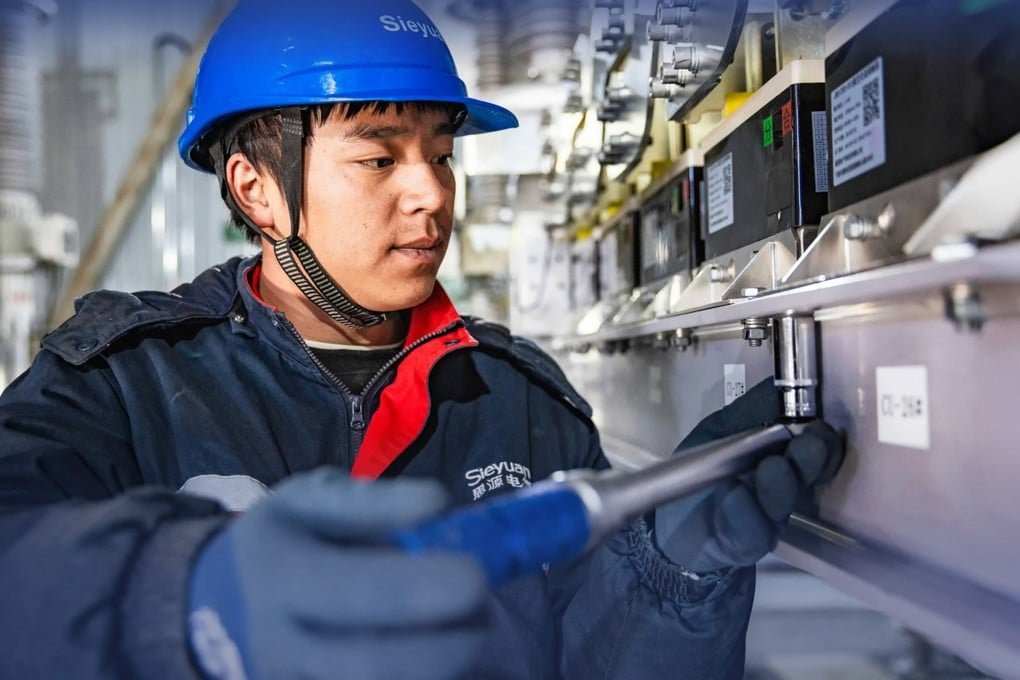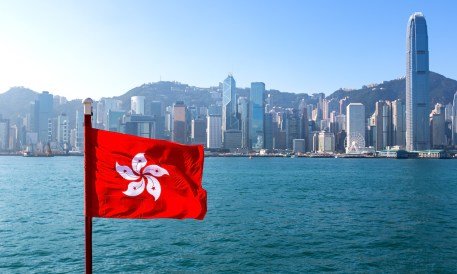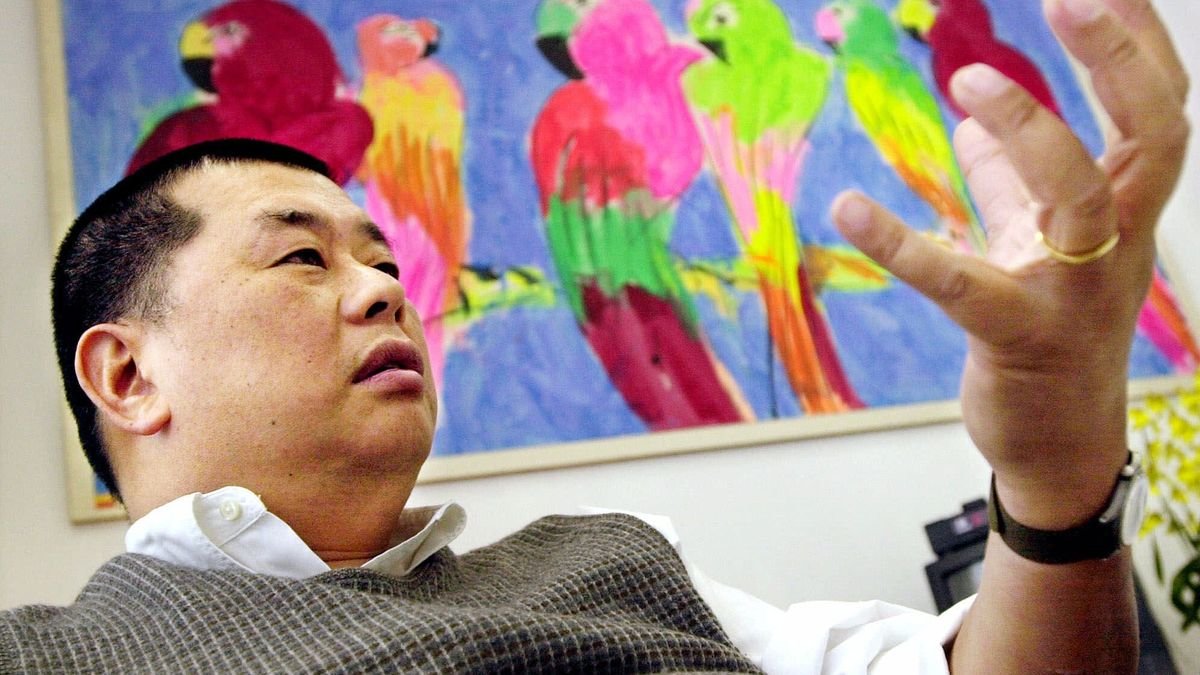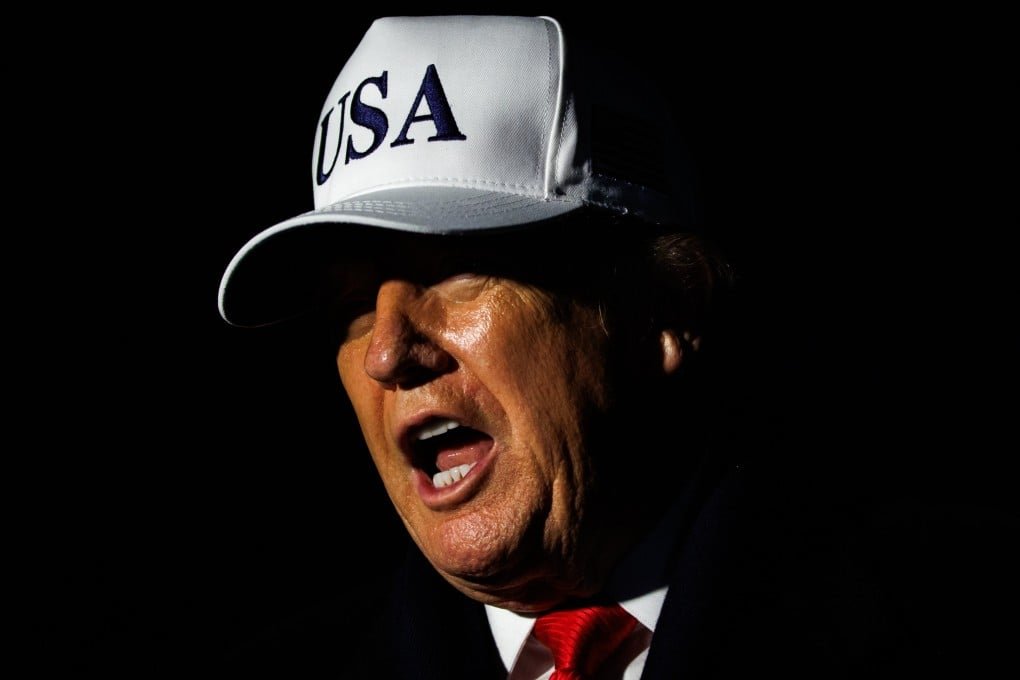
Much about the CFDA/Vogue Fashion Fund looks different this year. Instead of competing in a series of challenges and fashion shows for one grand prize, all 10 of this year’s designers (and designer duos) received a monetary grant and a year of industry mentorship. Given the creative and financial struggles independent designers have faced throughout the pandemic-from canceled orders to production delays to shrinking teams-the decision to give them each a boost of support came easily. Still, bolstering these rising stars is bigger than simply helping them produce another collection; as Anna Wintour, the global editorial director of Vogue and chief content officer of Condé Nast, put it last month, “It’s not only a vote of confidence in their talents, but in a brighter future for American fashion.”
One thing that hasn’t changed about the CVFF, of course, is the level of ingenuity and creativity in the winning designers. This year’s group includes ready-to-wear, accessories, and jewelry makers all over the country, from New York to Los Angeles, Philadelphia, and Maryland. You might know some of their names, while others will be brand-new discoveries. We caught up with them all to discuss how their businesses changed in 2020 and their hopeful plans for “re-emerging” this summer.
Batsheva Hay of Batsheva

Congrats on receiving a CVFF grant! How do you plan to use this funding in the coming year?
I mean, I’ve got a million ways to use it. I think I am really viewing it as giving me a boost in terms of development budget—to try new knits and jewelry out. I will also probably use it to run some Instagram ads, and I wish I were kidding.
What do you hope to learn from your mentors?
How to grow and have longevity; the mistakes they made and how to avoid them; general fashion world wisdom.
How did your business change in 2020?
In every way possible, some good and some bad. It made me lean on my manufacturers and figure out ways to make things that customers actually wanted right then-face masks, oven mitts, house dresses. All of a sudden, all the hype went away. That store you felt so special getting into was not going to pay for your order. The only ones who love you are the customers who feel special in the things you make.
Without travel or in-person gatherings, where have you found inspiration of late?
It hasn’t changed much. I’ve always gotten inspiration from movies, photos, and people walking around.
How do you hope to see people wearing your designs when New York “reopens” this summer?
I’m working on three wedding dresses at the moment, so that’s exciting. People are getting ready to go out and dress up, and I’m here for it. I love dressing to be seen. I call it “immodest-modest.”
Mike Eckhaus and Zoe Latta of Eckhaus Latta
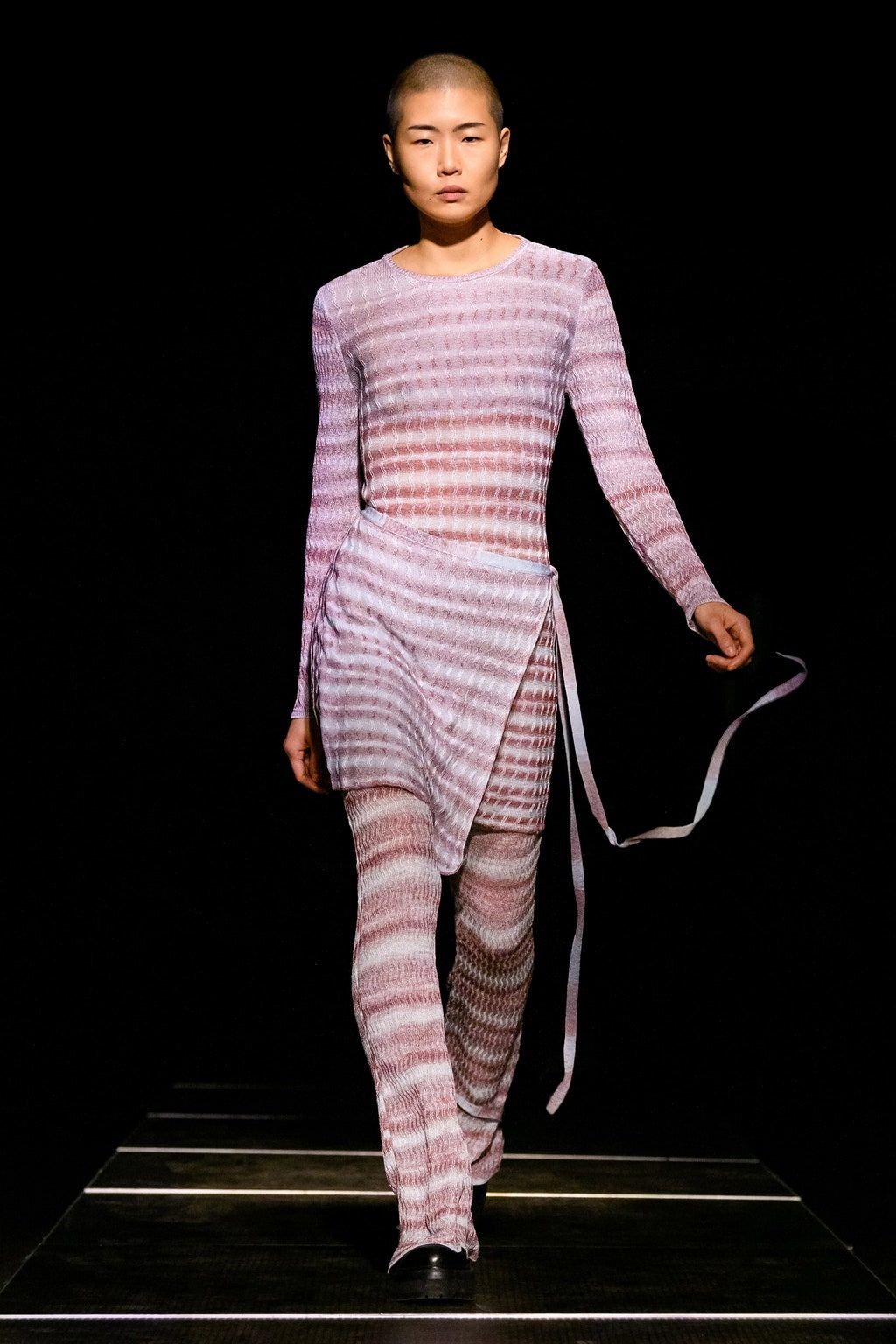
Congrats on receiving a CVFF grant! How do you plan to use this funding in the coming year?
We have some exciting new projects on the horizon-ones we can’t talk about just yet, but we’re thrilled to have extra funding to help facilitate that growth.
What do you hope to learn from your mentors?
We’ve been marching to the beat of our own drum for a while now, so we’re excited to hear a different point of view as it pertains to our business management and strategy.
How did your business change in 2020?
Our retail customers came out of the woodwork to support us wholeheartedly and really helped keep us afloat.
Without travel or in-person gatherings, where have you found inspiration of late?
We’ve been looking at eBay, Etsy, The RealReal and Depop, but truthfully, have always done that. For us, inspiration is more like condensation accumulating, rather than a hose pouring out liquid; it’s never come from one place or one person—we’ve never had a muse-so our inspiration doesn’t feel too impacted by the pandemic.
How do you hope to see people wearing your clothes when New York “reopens” this summer?
This is very exciting for us and, I’m sure, everyone in the industry. As always, we want our clothes to incorporate into people’s pre-existing wardrobe seamlessly and for people to have fun with them... This summer seems like a time where people are going to want to see and be seen more than ever, and we hope people have fun with our clothes while doing that!
Anifa Mvuemba of Hanifa

Congrats on receiving a CVFF grant! How do you plan to use this funding in the coming year?
It’s such an honor to be chosen to receive this grant from some of the top icons in the fashion industry. Truly speechless! I really want to put this funding towards expanding my brand. I would love to further my research and build a team to further pursue technology within different areas of the company
What do you hope to learn from your mentors?
I would really love to gain more insight and professional guidance on the fashion industry. I’m looking forward to receiving feedback on my business and learning ways to take it to the next level. I’d also love to learn how to seek out more meaningful ways to send a message with each collection—messages that support our community, especially Black women, who have supported Hanifa from the beginning.
How did your business change in 2020?
Prior to the pandemic, I had been exploring new ways to present our collections. I experimented with 3-D modeling when sampling my designs and felt it could be interesting to turn those models into real-time sketches. When the stay-at-home order came about, the timing was aligned with some ideas I already had in the works. My team and I decided to use these ideas to innovate and inspire our customers with Pink Label Congo 3. The 3-D show went viral and my brand has been skyrocketing ever since.
Without travel or in-person gatherings, where have you found inspiration of late?
I find inspiration wherever I’m at, whether it’s a vibrant car that passes by or the different textures in the sky. But I feel that the pandemic has forced me to consider what is most important in life at any given time. Creatively, I feel I’m designing more intentionally than ever before and that is translating into my business as well.
How do you hope to see people wearing your designs when New York “reopens” this summer?
In every way possible. The way I describe my customers are “women without limits” and I’ve always vowed to create for them. Our sizing, color, styling, and cuts will always reflect them in the most beautiful way. My brand is designed to make our customers feel seen.
Rebecca Henry and Akua Shabaka of House of Aama

Congrats on receiving a CVFF grant! How do you plan to use this funding in the coming year?
We plan to use the funds to increase customer acquisition on our e-commerce platform, production costs for the collections we are currently working on, and operational expenses.
What do you hope to learn from your mentors?
We hope to learn the nuts and bolts of this business so we can improve our business model and build out our business for longevity.
How did your business change in 2020?
Given the gift of time, we were able to improve our direct to consumer business model and increase customer acquisition and brand exposure which led to increased sales.
Without travel or in-person gatherings, where have you found inspiration of late?
As a mother-daughter design duo, we have found inspiration in ourselves and our continuing desire and fascination with discovering nuanced histories in the Black experience.
How do you hope to see people wearing your designs when New York “reopens” this summer?
We hope that our designs bring a sense of joy, pride, and wonder to the consumer and shared love for nostalgia and sentimentality.
Kenneth Nicholson

Congrats on receiving a CVFF grant! How do you plan to use this funding in the coming year?
The funding will be really helpful in allowing us to continue to grow as we look to add a new team member and further expand upon our marketing and e-commerce platform, which is currently being redeveloped for robust client interfacing.
What do you hope to learn from your mentors?
I hope to glean as much business advice and input as possible! I want to soak up all their seasoned knowledge as it relates to designer and high-end retail relations, marketing, and budgeting, as well as exploring collaborative relationships and projects.
How did your business change in 2020?
[Before the pandemic] in 2020, we had just shown at New York Fashion Week in February. We were planning to return for buyer meetings just as Los Angeles was going into a county-wide lockdown, so we had to restrategize and focus on e-commerce and virtual customer interfacing. Though it was necessary to change our approach, it was a very good year for us in that it caused us to look more to the virtual market place. We also wrote and directed our first short film that was showcased on Runway 360 for New York Fashion Week in September and rounded out the year with a nomination for Emerging Designer of the Year for the CFDA Fashion Awards.
Without travel or in-person gatherings, where have you found inspiration of late?
I find myself always inspired, whether it’s by studying color and sound or falling into a YouTube hole and rewatching all of the marketing for the 1996 MTV Music awards and Calvin Klein ads with Brooke Shields. I’ve also spent a good amount of time draping, sketching, and painting which, pre-lockdown, was not something I was able to do for leisure and inspiration as frequently.
How do you hope to see people wearing your designs when New York and L.A. “reopen” this summer?
I hope to see them wearing them out as an expression of joy. I have always been intrigued by seeing my clothes worn in everyday life, and my team and I definitely look forward to seeing Kenneth Nicholson on the red carpet as more events open up.
Jameel Mohammed of Khiry

Congrats on receiving a CVFF grant! How do you plan to use this funding in the coming year?
We’re building an internship program with the explicit goals of increasing our capacity to realize different creative projects, as well as begin to create a pipeline and an access point for historically underrepresented folks to enter the fashion industry and play an essential role in our own process of envisioning a luxurious Black future.
What do you hope to learn from your mentors?
I think what I have learned to date is that there is a big gap between theory and practice. As it’s always been my goal to build a global brand that can serve as an institution within the fashion and creative industries, I’m really interested in learning some of the behind-the-scenes intricacies involved in scaling a founder-led brand from inception to global recognition over the course of a lifetime.
How did your business change in 2020?
With increased awareness of America’s longstanding racism and white supremacy, as a brand whose initial conceit was to use luxury to propagate visions of Black flourishing, we were quickly identified as being rooted in these issues, and we received a huge influx of editorial and financial support from clients and the industry at large. It really allowed me to see that the accumulated effort that has gone into the brand’s journey so far wasn’t for naught. It allowed me to really believe that the possibilities for the future are limitless.
Without travel or in-person gatherings, where have you found inspiration of late?
I’ve always been a relative homebody, and the pandemic has allowed me to reflect on the fact that that’s actually been the case since I was a really young child. My means of transportation has always been through books, movies—especially documentaries-and emerging theoretical frameworks that seek to explain what we perceive as normal and how we got here.
How do you hope to see people wearing your designs when New York, Philly, and other cities "reopen" this summer?
Boldly! With confidence and a personal flair! The beauty of design to me is the ability to find a way, as a designer, to figure a specific vision into a multitude of unique lives and experiences. I hope that on the other side of the pandemic, people feel a greater freedom to pursue their own unique vision of themselves. I hope that my designs can play a role in that.
LaQuan Smith

Congrats on receiving a CVFF grant! How do you plan to use this funding in the coming year?
My plan is to use the funding as a tool to pull in the resources our brand has always had on a wish list, but hasn’t been able to pursue.
What do you hope to learn from your mentors?
I am hoping to gain insight and firsthand accounts from my mentors. The best advice can be someone’s real life mistakes and successes.
How did your business change in 2020?
My business has gone through so many changes during the pandemic, and the pivots have only made us stronger. We have developed our wholesale business, launched several new collaborations, forayed into activewear, and will soon be launching swimwear.
Without travel or in-person gatherings, where have you found inspiration of late?
My inspiration always comes from those around me and all the content I’ve absorbed sitting at home during quarantine. Getting creative was the main game during quarantine for me.
How do you hope to see people wearing your designs when New York “reopens” this summer?
I hope people remember what glamour is when New York reopens, and [that they] can be unapologetically glamorous even at the grocery store. We’ve had enough lounging. Time to buckle up those heels, ladies!
Abrima Erwiah of Studio 189

Congrats on receiving a CVFF grant! How do you plan to use this funding in the coming year?
Yes! So very thrilled and excited. This is a surreal experience. I plan on using it to improve our ecommerce and fulfillment.
What do you hope to learn from your mentors?
We are ready to take the brand to another level. We are hoping to work with industry leaders that have vast retail and tech experience that will help us achieve our goals.
How did your business change in 2020?
Like many of our peers, we pivoted early on in the pandemic and began making non-medical PPE such as reusable face masks. We became even more focused on social justice issues, launching Fashion our Future following the inequities we were experiencing and witnessing on many levels and in response to the death of Mr. George Floyd, the BLM movement, and the U.S. election. We took a step back and really took stock of where we were coming from and where we are going, and did a lot of deep reflection centered around heritage, legacy, and the promise of the future. We learned how to further work within our supply chain under increasingly and extraordinarily stressful and challenging conditions. We learned to better plan and maneuver and make use of what we had available and try to better communicate and educate our clientele.
We grew our customer base and have been very lucky to see an increase in interest and demand towards a brand like ours. We also opened new wholesale accounts where we are very honored to be carried, including Bergdorf Goodman and Nordstrom. We received a tremendous amount of support from our entire community and we got to see many of our corporate and non-profit partners quietly step up and support us, encourage us, mentor us, and help ensure we made it through to the other side. This includes partners such as Vogue, the CFDA, Harlem’s Fashion Row, Raise Fashion, Tresemme, IMG, Endeavor, In the Blk, and so many more. We also learned how resilient and powerful our team is and how important it was for everyone to step up internally and ensure a shared communal success. We are proud and grateful for this whole community.
Without travel or in-person gatherings, where have you found inspiration of late?
I find it everywhere. Mostly I am inspired by the power and resilience of people. By all the badass and incredible, creative, and innovative projects popping up. By seeing so many people, brands, and organizations rise to the challenge and grow into their power and find their voice and forge their path. I am very hopeful. I am very proud of being surrounded by so many change agents at every level. So many that are doing their work with beauty and grace throughout this storm.
How do you hope to see people wearing your designs when New York “reopens” this summer?
I see people buying clothes now for weddings, graduations, events... There have been many inquiries from people wanting to buy our clothes for special occasions. I love that so much. It means that we will be a part of their memory. It means that they have been very thoughtful and considerate about their purchase and decision on which brand to support and for what reason. It's like we are being invited as a special guest to share their special moment... like, all of us at Studio 189 (every single person along the supply chain). It makes me feel as if there is a real dialogue between the makers/artisans and those customers finding joy and moments to celebrate. We all need joy. It’s very positive for the makers, to see their work honored and appreciated and it’s very positive for the customer, to know that they are making a positive impact. It’s a mutually beneficial experience. And these moments of joy are not exclusive to major events; we are seeing people write to us about wanting to wear something as soon as the sun comes out, or to do basic tasks, but considering these months of lockdown what was once a basic task is now actually a moment to be present and to appreciate, like taking a walk. We are so glad that they are choosing our brand to wear for these occasions.
Edvin Thompson of Theophilio
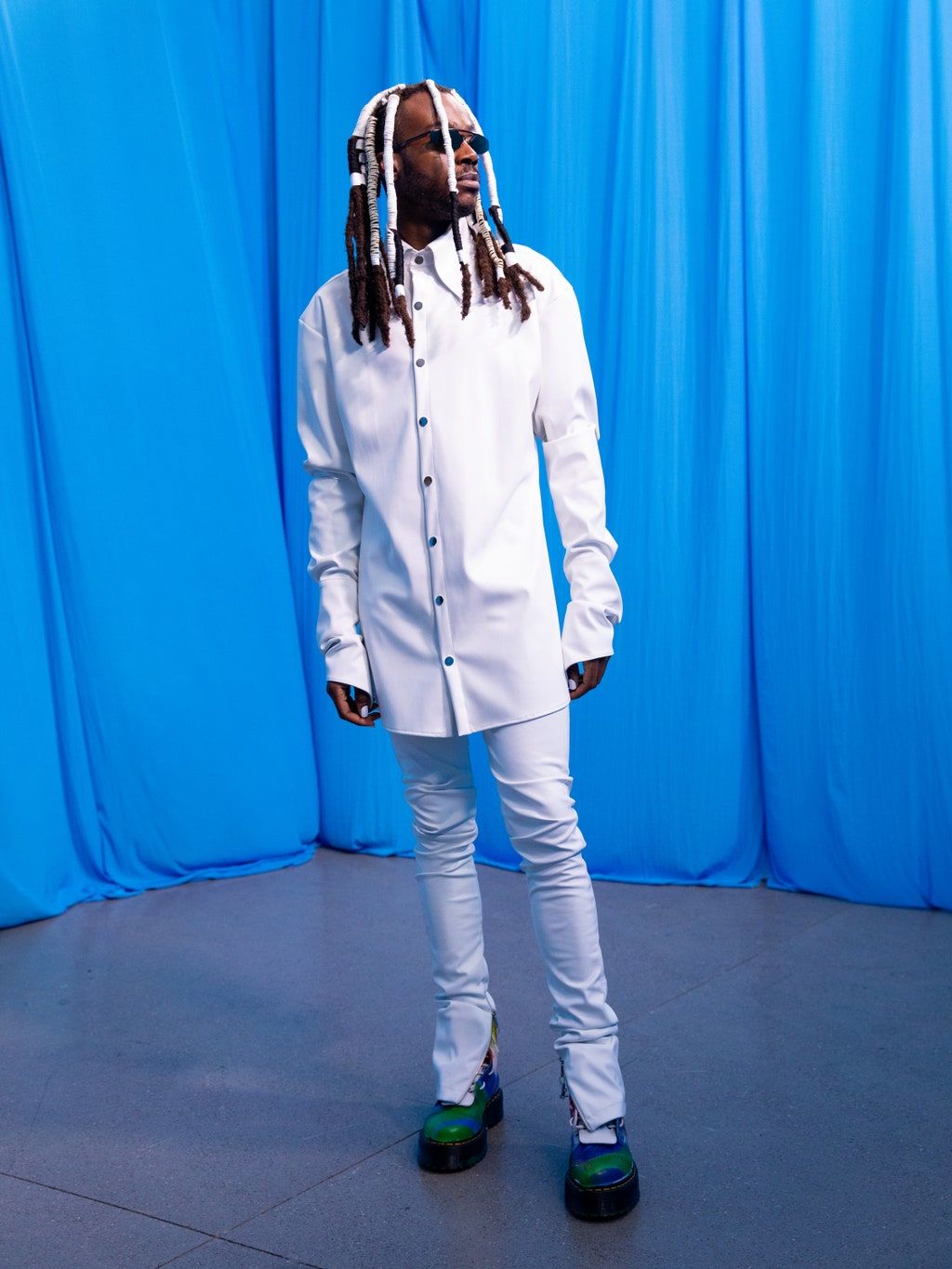
Congrats on receiving a CVFF grant! How do you plan to use this funding in the coming year?
With this fund I will be able to [build] a solid team. I hope to establish a studio and showroom space at the Brooklyn Navy Yard and expand my brainchild’s DNA with additional styles and accessories. I plan to design multiple signature bags along with a promising perfume launch.
I will continue producing here in New York in support of domestic manufacturers and local businesses. I hope to connect with organizations that support young creatives and clothing factories in Jamaica. Nevertheless, I will continue championing my home country Jamaica through my design stories.
What do you hope to learn from your mentors?
I hope to learn from my mentors how to navigate the business of fashion: how to finance my business without the fear of being in debt, and when to be content with the pace of the business’s growth.
How did your business change in 2020?
In 2020, I decided to run my business full time. That was a major change and a reward.
Without travel or in-person gatherings, where have you found inspiration of late?
Being stuck at home, watching movies, listening to music, and getting the chance to go through my past work really brought about many inspirations.
How do you hope to see people wearing your designs when New York “reopens” this summer?
This summer everyone will be eager to go out and show out, including myself! I see men and women wearing my designs at the beach, for a romantic night out, or even for a day at the museum. My designs assist everyone in all that they do, especially when we have celebrations.
Willy Chavarria

Congrats on receiving a CVFF grant! How do you plan to use this funding in the coming year?
The grant will properly build out our direct-to-consumer business. Our website is our most personal contact with our customer family. We want to offer the most optimal service we can through this venue. But the award is so much more than the funding.
What do you hope to learn from your mentors?
I hope to learn a bit more about business strategy. The Willy brand has grown on intuition and connection with our audience. It’s time for me to share the brand with a much wider audience.
How did your business change in 2020?
Twenty-twenty was the year of truth and endurance for my team and me. We pivoted our business to be intimately focused on reaching our customers through our Instagram and web store.
Without travel or in-person gatherings, where have you found inspiration of late?
Inspiration for me is found in the world’s state of consciousness. Twenty-twenty was profoundly moving and deeply inspiring. Rediscovering our human values and the time we have had to be introspective has been incredibly inspiring.
How do you hope to see people wearing your designs when New York “reopens” this summer?
I hope to see people redefining themselves in bold silhouettes that speak to the open space we can now occupy—this while kissing in the streets.
